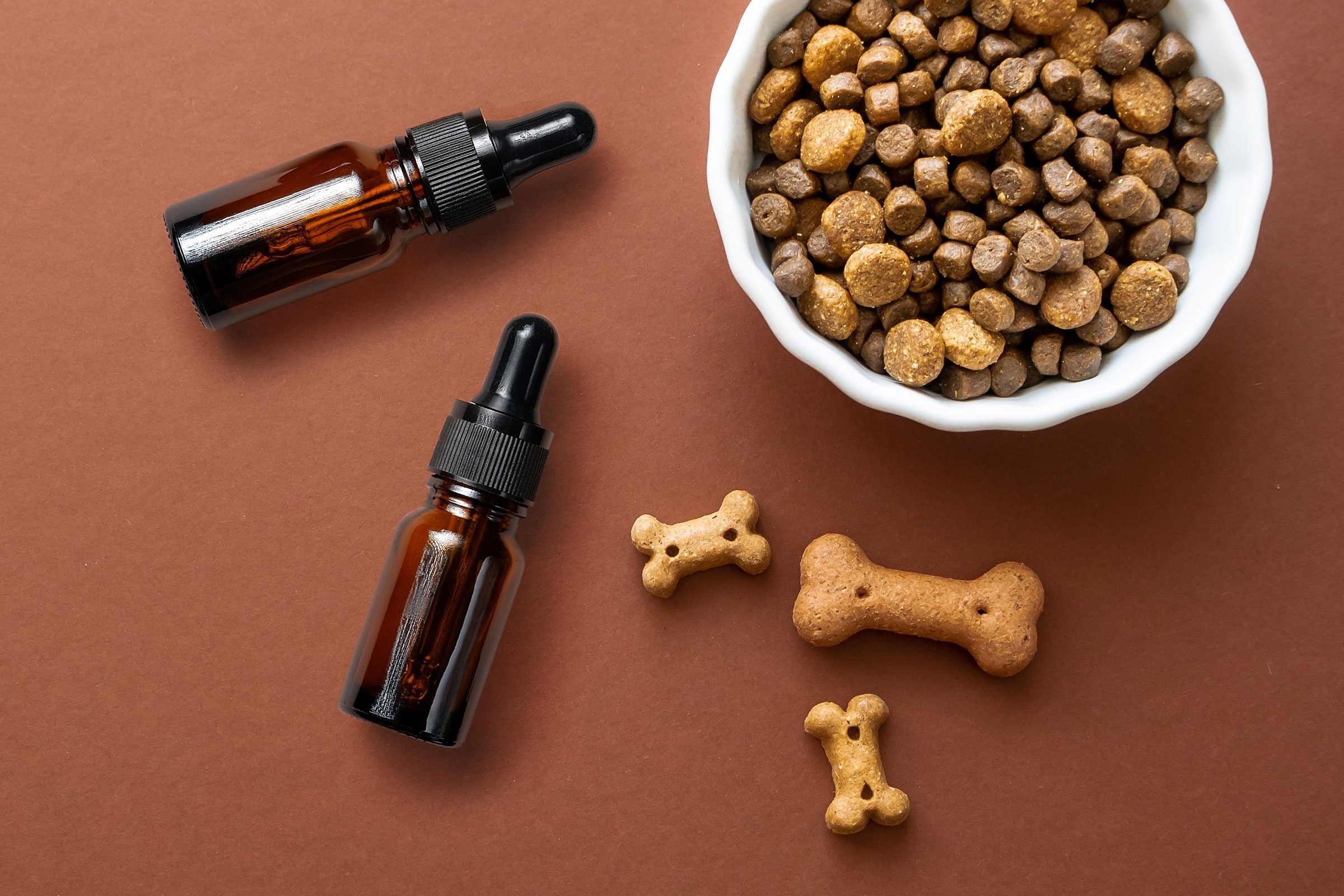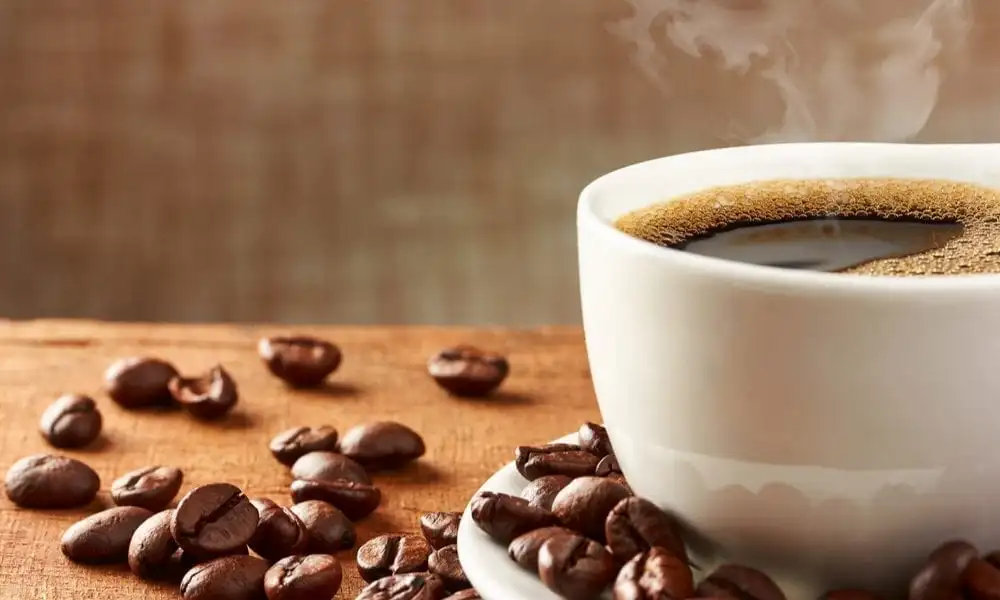Humans are really sweet on sweets for almost any very extended time. Before sugar there’s honey, the disposable natural sweetener, as extended when you were not fearful of bees. Dating back to 8000 BC, New Guinea and Southeast Asian started removing juice inside the sugar cane plant and frequently eating it because of its flavor (as being similar to early gum). While using the discovery of granulation a couple of 1000 years later, it had been easily transported and progressively introduced into Persia, India and lastly the med countries within the trade routes. Around 510 BC the Persian Emperor Darius invaded India where he found “the reed which gives honey without bees.”
During medieval occasions, sugar was quite pricey and regarded an excellent spice, together with salt, cinnamon, ginger root root root, cloves and pepper. Although sweetening still relied mainly on honey and fruits (like dates) it made its distance to free airline travel Indies, because of Christopher Columbus, a sweet guy, since he transported sugar on his second voyage there, particularly to Hispaniola, what’s now Haiti and tobago. Ironically, ancient Romans and greeks considered it medicinal. (Oh boy, which will prosper.)

As recent as 220 years back, when sugar is a premium commodity, the standard American consumed no more than 5 pounds yearly. Nowadays, the standard American consumes an incredible 150 to 170 pounds of sugar in a single year, which plays to a minimum of oneOrfour low of oneOrtwo pound daily (picture 30 to 35 five-pound bags). Yikes. You are thinking, no chance, not me. Well, when you don’t drink sodas or sweetened beverages, added sugar is lurking in lots of foods where you don’t realize. Sweeteners for example high fructose corn syrup are available in everyday basics which we use liberally with no thought: ketchup, hotdogs, junk food, canned goods, peanut butter, bandages, their list is actually limitless.
The American Heart Association recommends added sugars shouldn’t exceed 150 calories every single day (37.5 grams or 9 teaspoons) for men 100 calories every single day (25 grams or 6 teaspoons) for women. Heck, one soda or treat blows that within the water.
Where’s this sugar invading your daily diet? Let us have a look:
Juice boxes for children, even when it states 100% juice, may have 15 to 22 grams of sugar for almost any six to eight oz serving. They might as well be consuming sodas
Lunchables, frequently found in children’s lunch boxes, 14 g sugar
Honey Smacks boxed cereal is 60% flat-out sugar (20 g )
Apple Jacks and Fruit Loops both are available in at (12 g)
What about individuals drinks you think are healthier: many popular fruit smoothies contain over 40 g within the small size
Your selected blended drinks at Starbucks:
Tall Caramel Frappuccino (12 oz) 46 g
Horchata Almond milk Frappuccino (16 oz) 66 g
Average 12-ounce can of soda contains 8 teaspoons of easy sugar. It requires just four 12-ounce cans of soda to equal 1/4 pound! For most of us, consuming this amount of soda immediately isn’t difficult to accomplish. For many, it’s a daily habit other popular sodas average 13 g to 16 g.
Probably the most used cookies within your grocers’ shelf:
Chips Ahoy, just three cookies delivers 33 g
Twinkies (2 cakes) 33 g
So let us visit what might not be as apparent:
Low-fat yogurt can similar to 47 grams of sugar (zowie)
Sports drink (32 g)
Ragu Chunky pasta sauce 12 g sugar (per 1/2 cup)
Canned veggies 10 g per serving
Glazed doughnut 12 g
One scoop of premium frozen goodies, around 19 g (add 2 T chocolate syrup another 19 g)
Chocolate shake (processed foods) 74 g sugar
two tablespoons Honey Mustard Dressing has 5 grams of sugar exactly the same serving of fat-free French has 7 grams, (and number of people use just two tablespoons)
Average granola snack bar 24 g
(author’s note: many low or fat-free products contain extra sugar, and bear in mind that consuming orange juice or any juice remains sugar)
To keep things interesting, let us accumulate an average American daily food intake (average portions) 4 grams of sugar equals 1 teaspoon:

Breakfast: orange juice, cereal, coffee (20 g, 12 g) smoothie or maybe more donuts on the run (40 g or 24 g)
Lunch: away and off and away to rapid food joint that you simply grab a cheeseburger, fries, plenty of ketchup along with a chocolate shake (9 g, 14 g, 74 g)
Mid-day: blended coffee makeover (46 g) or raiding work vending machine for almost any treat, soda (30 g, 39 g)
Dinner: frozen entree, salad with dressing, 4 cookies, iced tea with sugar (16 g, 20 g, 44 g, 4 g)
Evening snack: peanut butter with crackers (14 g 2 g), cola (39 g)
Total: 337 g meaning a remarkable 84 teaspoons of sugar during the day (and that is conservative). Yikes.
It does not appear you consider it as being, corn syrup, maltose, fructose, lactose, dextrose, brown sugar, cane crystals, cane sugar, corn sweetener, corn syrup, corn syrup solids, juice, malt syrup, concentrates, high-fructose corn syrup, honey, liquid fructose, walnut syrup, molasses, raw sugar, syrup and white-colored sugar, sorbitol, sorghum, sucanat, mannitol, malted barley, maltodextrin, grain syrup but nevertheless counting, it spells sugar and the human body doesn’t differentiate. (Plus you may need a degree in chemistry simply to pronounce what they are referred to as.) Possess a sweet day.







